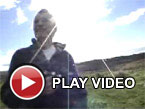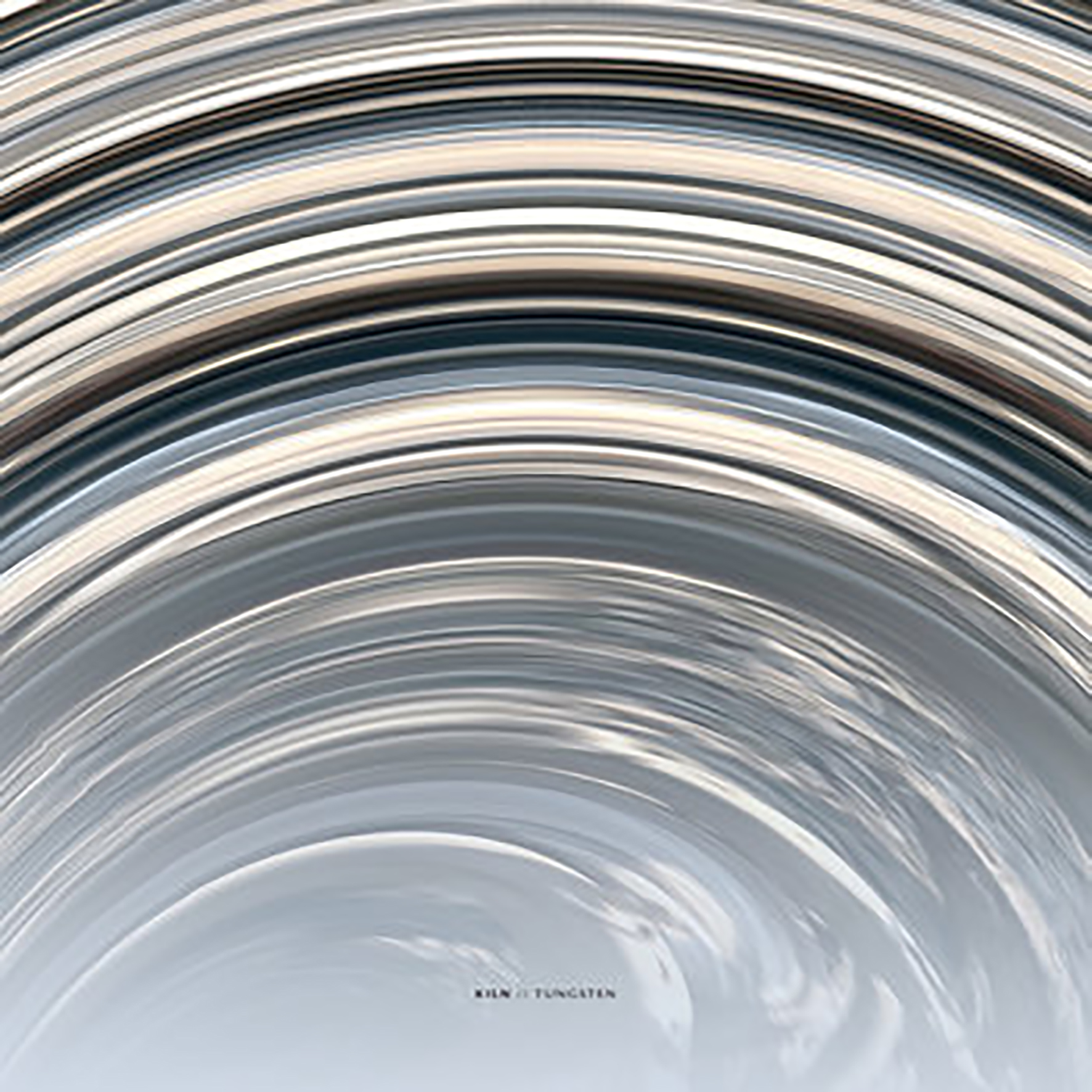
I have been vaguely aware of this unusual and beloved midwestern IDM/post-rock trio for years, but figured they were probably too conventionally likable for my taste. As it turns out, I was only half-right: KILN are indeed quite fond of straightforward mid-tempo grooves and lovely melodies, but they masterfully balance those poppier tendencies with quite a lot of inspired textural layering and other experimentally minded enhancements. I guess the lesson here is that some great projects have a brilliant vision, but there are also some equally great ones that simply excel in the execution of a more modest vision. KILN are mostly the latter and they are often quite brilliant at what they do, which is why their 2020 return after a seven-year hiatus was greeted with so much enthusiasm despite working in stylistic realm that is no longer particularly in vogue. This latest release is "a digital-only adjunct EP" of pieces recorded at the same time as last year's Astral Welder that "weave syncopated patterns into immersive environments of lost memory and electrified nowness." I was very surprised to learn that Tungsten is arguably comprised of pieces that did not make the cut for the band's triumphant return full-length, as there are some killer songs here that would unquestionably improve just about any album that they landed on. Maybe these songs just needed a bit more tweaking before they were ready to be unveiled. In any case, I hereby decree that 2021 is the year of electrified nowness and that I am now an enthusiastic KILN fan.
The opening "Drala Ultra" shares a lot of common ground with great dub-techno, as it prominently features some warm and stammering synth swells, but the other elements of the piece (gurgling bass and a slow-motion breakbeat) are considerably more muscular and in-your-face than anything I would expect from a classic Chain Reaction album. While it is certainly an enjoyable piece, it is instantly eclipsed by the following "North Bar Lake," which gorgeously brings together a swirl of sun-dappled pedal steel melodies with dreamily fluttering flutes and a great shuffling groove. It strikes an absolutely sublime balance of gentle swaying psychedelia, strong hooks, crunching physicality, and propulsive forward motion with nary a misstep in sight. The trio also display real knack for more intuitive touches like deftly manipulating dynamics and avoiding any needless clutter, which is a set of skills that can be a rarity outside the realm of top-tier techno and hip-hop producers. Remarkably, KILN somehow manage to pack this modest six-song release with at least two other gems that scale similar heights. The most immediately gratifying of the two is "Argon Pedestrian," which feels like a rubbery, blurting, and lurchingly funky strain of futuristic fusion enhanced with skittering cymbals and a host of subtly hallucinatory touches. It took me a bit longer to warm to simmering and weirdly anthemic-feeling "Bvlb," but the gurgling groove steadily intensifies to a wonderfully stilted, slow-motion funkiness that is hard to resist. As for the remaining pieces, their only flaw is that they are merely less substantial. Aside from a few notable exceptions like People Like Us, there are not a lot of artists that can reliably balance fun, catchiness, and psych-damaged experimentation in a winning way, so it is welcome and refreshing to discover that this threesome is out to help fill that yawning void in such expert fashion. This is a wonderful EP.
Samples can be found here.


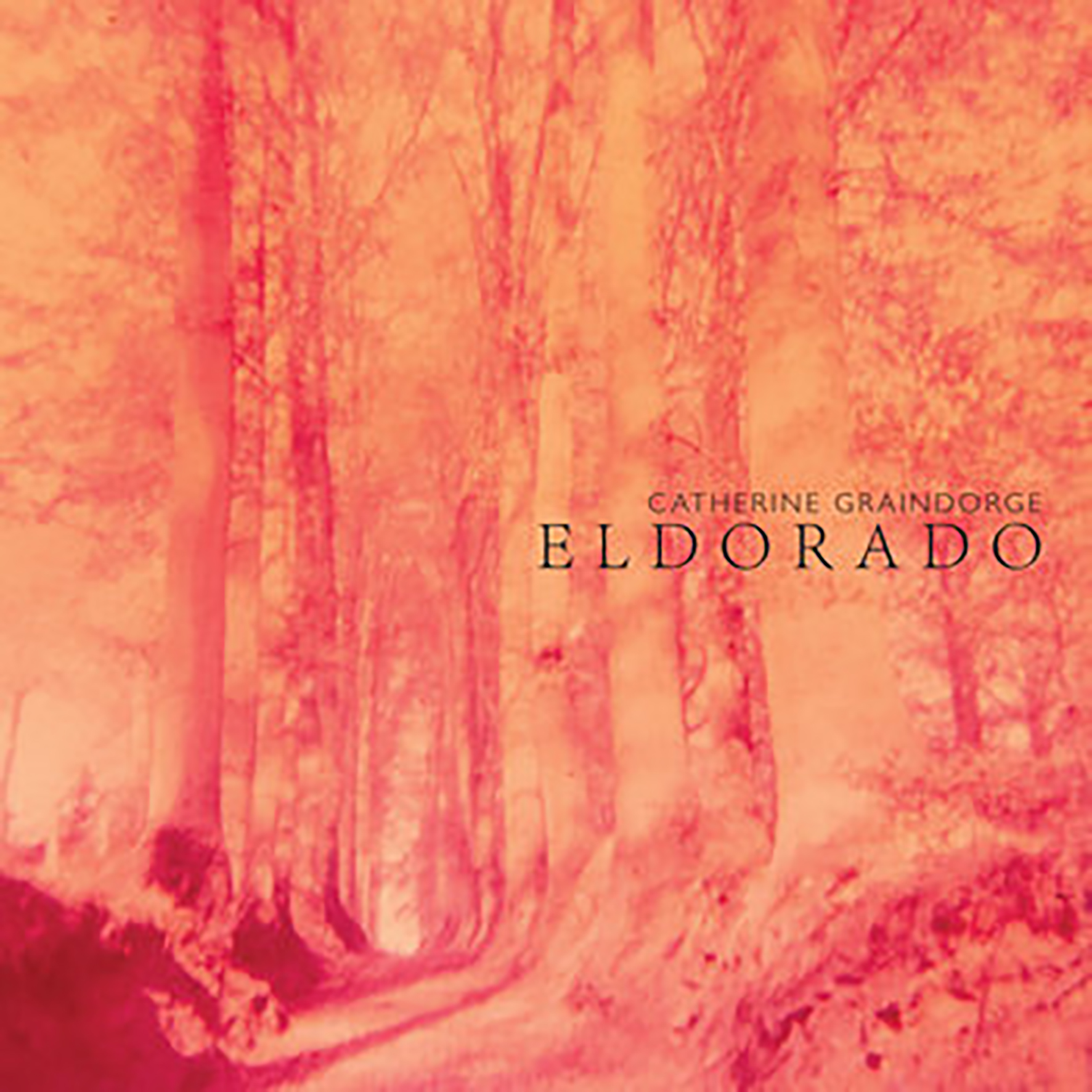
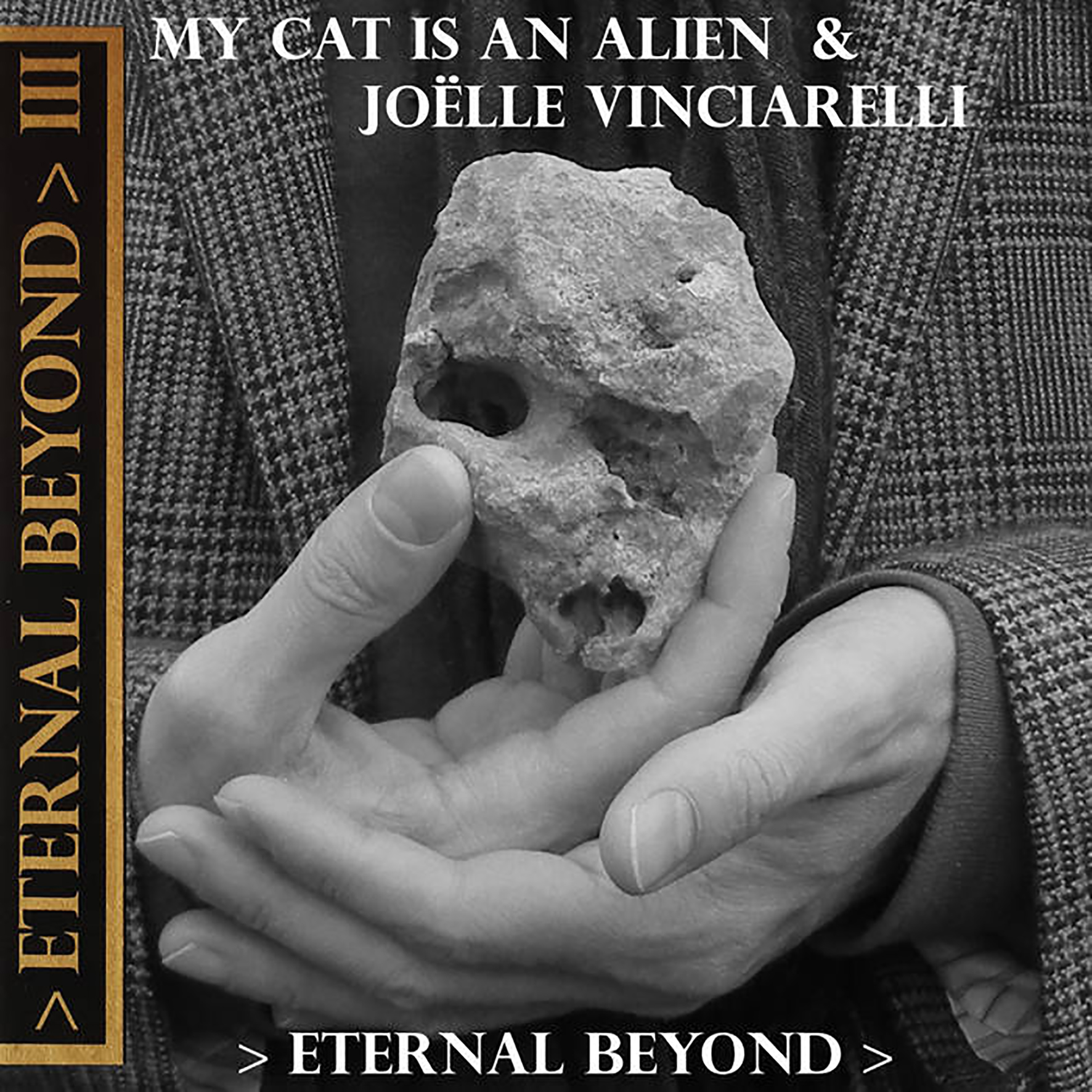 This is the third and final installment of the Opalio brothers' wild and oft-brilliant collaborations with Talweg/La Morte Young’s Joëlle Vinciarelli, as "according to arcane, ancient cultures, sometimes things must come to an end to be "Eternal."" While something wonderful tends to happen just about every single time these three artists convene, this Arthur Rimbaud-inspired installment is the one that the Opalios personally consider the best of the series (at the moment, at least). I do not think I could choose a favorite album from the trilogy, but the opening "Eternal Fanfare for the Warriors" is definitely one of my favorite MCIAA-related pieces to date. While the trio are currently unsure whether the conclusion of the trilogy is their collaborative swansong or just one phase in their continuing evolution, they can safely lay claim to having conjured some of the most visceral and unique sounds to reach my ears in recent memory. Vinciarelli's intensity and unusual collection of instruments is a perfect foil (and grounding force) for the Opalios' otherworldly psychedelia.
This is the third and final installment of the Opalio brothers' wild and oft-brilliant collaborations with Talweg/La Morte Young’s Joëlle Vinciarelli, as "according to arcane, ancient cultures, sometimes things must come to an end to be "Eternal."" While something wonderful tends to happen just about every single time these three artists convene, this Arthur Rimbaud-inspired installment is the one that the Opalios personally consider the best of the series (at the moment, at least). I do not think I could choose a favorite album from the trilogy, but the opening "Eternal Fanfare for the Warriors" is definitely one of my favorite MCIAA-related pieces to date. While the trio are currently unsure whether the conclusion of the trilogy is their collaborative swansong or just one phase in their continuing evolution, they can safely lay claim to having conjured some of the most visceral and unique sounds to reach my ears in recent memory. Vinciarelli's intensity and unusual collection of instruments is a perfect foil (and grounding force) for the Opalios' otherworldly psychedelia.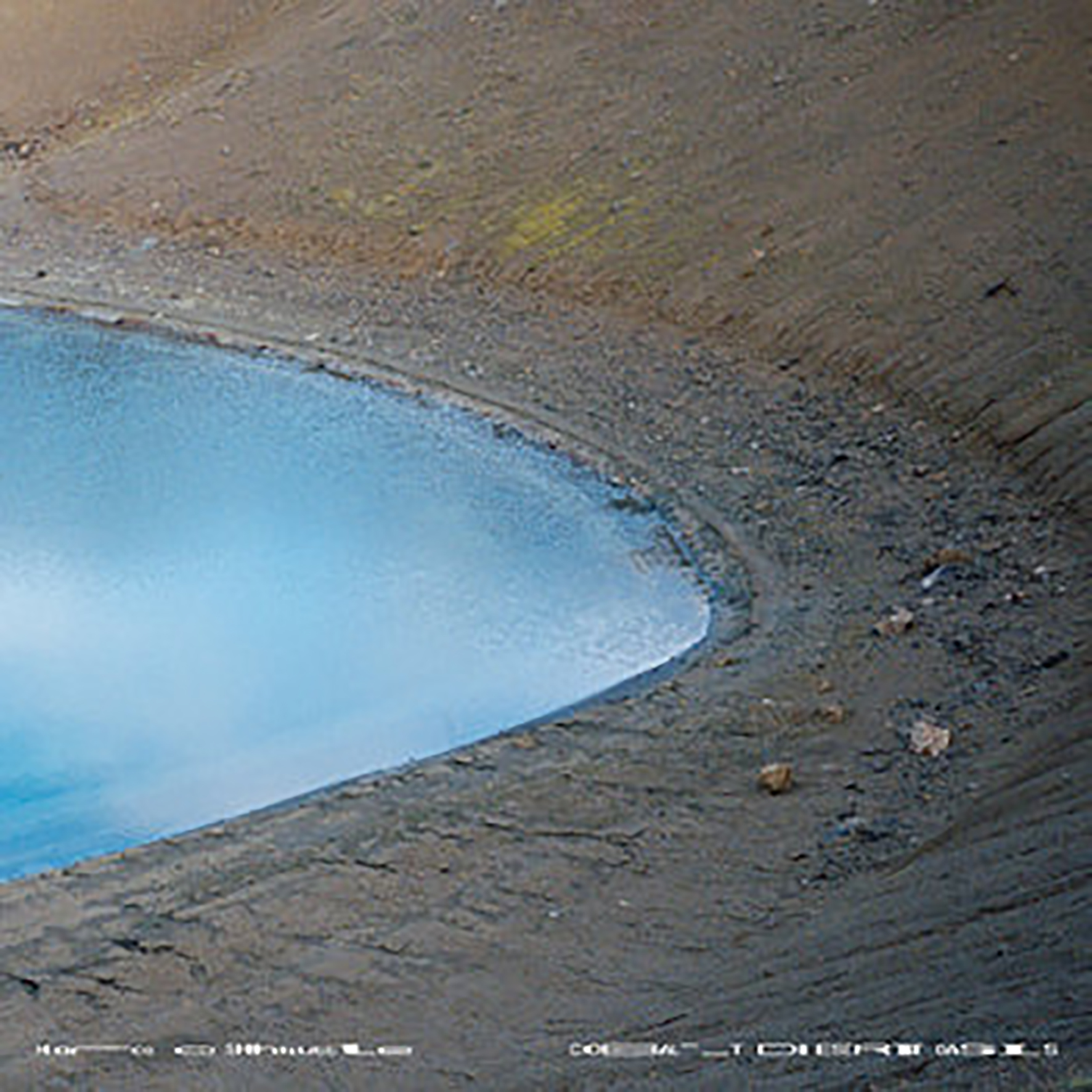
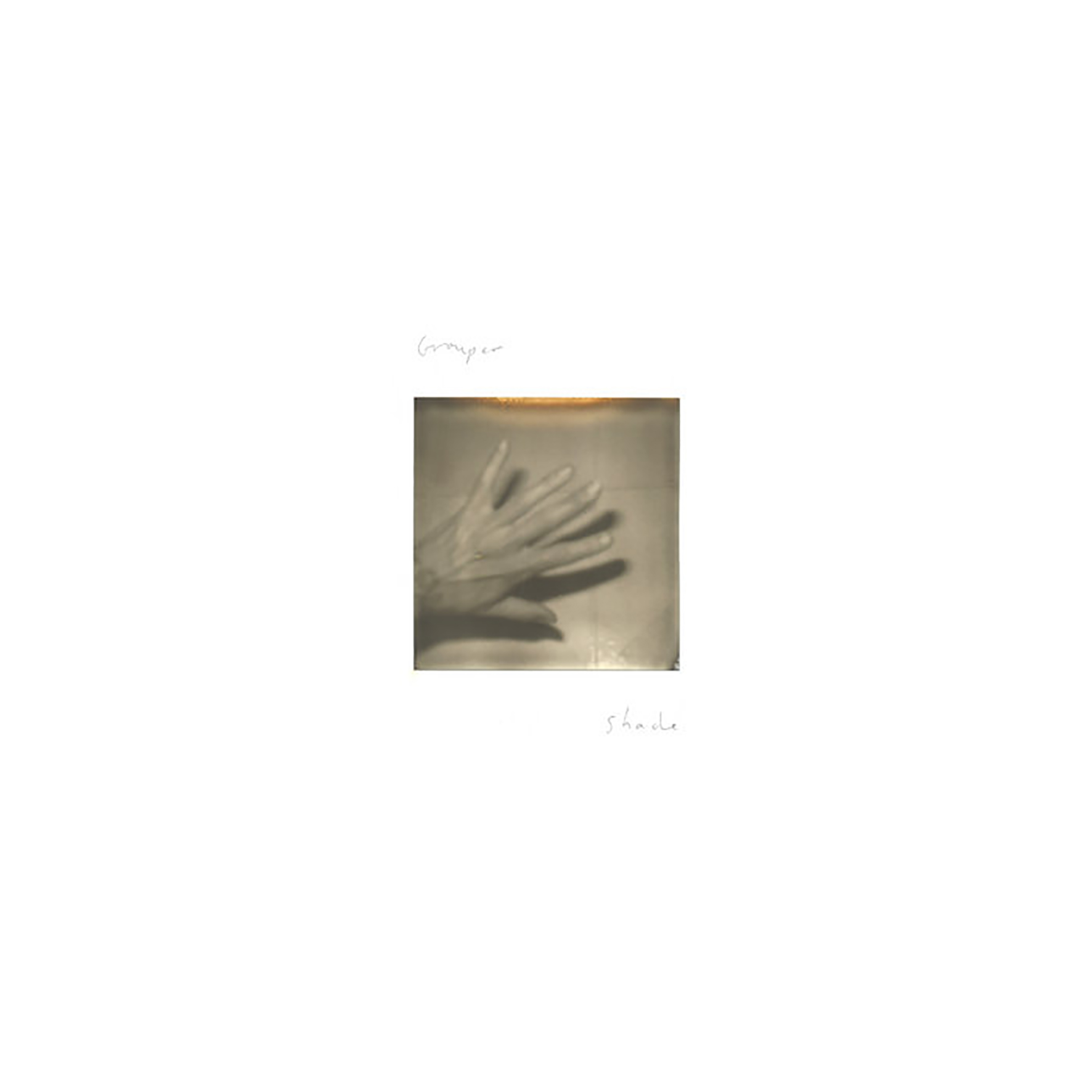 I suppose I have been a devoted Grouper fan since sometime around 2008's Dragging A Dead Dear Up A Hill, but there was a long stretch during The Reverb Years in which I was genuinely mystified by the outsized reverence that people seemed to have for this project (very similar to my experience with The Disintegration Loops, though I love several of Basinski's other albums). In more recent years, however, I have become considerably more convinced that Liz Harris is some kind of iconoclastic visionary (albeit a very slow-moving one), though I am not sure if she is shaping the culture so much as providing a much-needed corrective to its rapidly accelerating and tech-focused trajectory. While my initial impression is that this 12th Grouper full-length is not quite as uniformly strong as some other Grouper albums from recent years, that is less relevant than the fact that it continues Harris's trend towards more intimate, emotionally direct, and beautifully distilled songcraft. In that regard, Shade gives me exactly what I want from a new Grouper album: at least one song that is an absolutely devasting gut punch on the same level of "Parking Lot" and "Living Room." To my ears, that album-defining gem comes in the form of the folky, bittersweet closer "Kelso (Blue Sky)," but there are probably a couple of other sublime and/or unexpected gems destined for semi-permanent heavy rotation in my life as well.
I suppose I have been a devoted Grouper fan since sometime around 2008's Dragging A Dead Dear Up A Hill, but there was a long stretch during The Reverb Years in which I was genuinely mystified by the outsized reverence that people seemed to have for this project (very similar to my experience with The Disintegration Loops, though I love several of Basinski's other albums). In more recent years, however, I have become considerably more convinced that Liz Harris is some kind of iconoclastic visionary (albeit a very slow-moving one), though I am not sure if she is shaping the culture so much as providing a much-needed corrective to its rapidly accelerating and tech-focused trajectory. While my initial impression is that this 12th Grouper full-length is not quite as uniformly strong as some other Grouper albums from recent years, that is less relevant than the fact that it continues Harris's trend towards more intimate, emotionally direct, and beautifully distilled songcraft. In that regard, Shade gives me exactly what I want from a new Grouper album: at least one song that is an absolutely devasting gut punch on the same level of "Parking Lot" and "Living Room." To my ears, that album-defining gem comes in the form of the folky, bittersweet closer "Kelso (Blue Sky)," but there are probably a couple of other sublime and/or unexpected gems destined for semi-permanent heavy rotation in my life as well.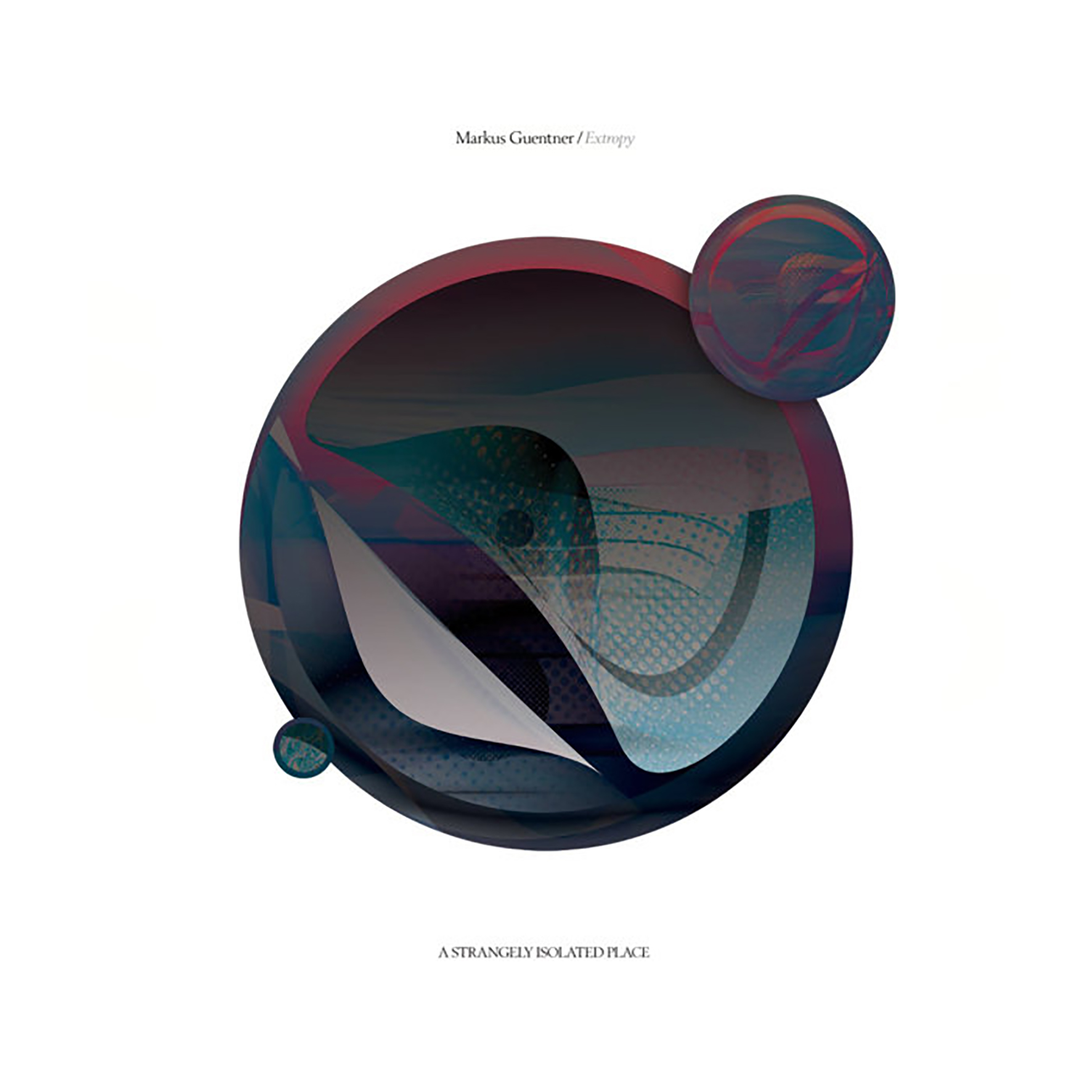 It has admittedly been a while since I have actively followed this German composer's work, but his 2001 debut album (In Moll) spent quite some time in heavy rotation for me during the early 2000s dub- and ambient-techno boom. In more recent years, Guentner has jettisoned the "techno" part of his previous aesthetic and devoted himself to an acclaimed run of space-inspired ambient opuses on LA's A Strangely Isolated Place. Accordingly to Guentner, Extropy "marks the final chapter in an accidental triptych of astronomy-related exploratory albums" that began with 2015's Theia.  While the previous two epics in the series drew conceptual inspiration from the birth of the moon and the earth's relation to the largely unknown and possibly infinite universe, this latest release focuses on "the indefinite growth of the life we hold so dearly." More specifically, Guentner was fascinated by "a pseudoscientific prediction that human intelligence and technology will enable life to expand in an orderly way throughout the entire universe." While I personally expect nothing but entropy instead and note that this album has more of an elegiac feel than an optimistic one, there is no denying that Guenter knows how to make an absorbing and beautifully crafted album. In fact, he may be a bit too good at it, as Extropy would be a bit more memorable if he allowed more sharp edges and eccentricities to creep into his art. That said, this album still seems like it would be one hell of a challenge to top as far as billowing ambient cloudscapes are concerned.
It has admittedly been a while since I have actively followed this German composer's work, but his 2001 debut album (In Moll) spent quite some time in heavy rotation for me during the early 2000s dub- and ambient-techno boom. In more recent years, Guentner has jettisoned the "techno" part of his previous aesthetic and devoted himself to an acclaimed run of space-inspired ambient opuses on LA's A Strangely Isolated Place. Accordingly to Guentner, Extropy "marks the final chapter in an accidental triptych of astronomy-related exploratory albums" that began with 2015's Theia.  While the previous two epics in the series drew conceptual inspiration from the birth of the moon and the earth's relation to the largely unknown and possibly infinite universe, this latest release focuses on "the indefinite growth of the life we hold so dearly." More specifically, Guentner was fascinated by "a pseudoscientific prediction that human intelligence and technology will enable life to expand in an orderly way throughout the entire universe." While I personally expect nothing but entropy instead and note that this album has more of an elegiac feel than an optimistic one, there is no denying that Guenter knows how to make an absorbing and beautifully crafted album. In fact, he may be a bit too good at it, as Extropy would be a bit more memorable if he allowed more sharp edges and eccentricities to creep into his art. That said, this album still seems like it would be one hell of a challenge to top as far as billowing ambient cloudscapes are concerned.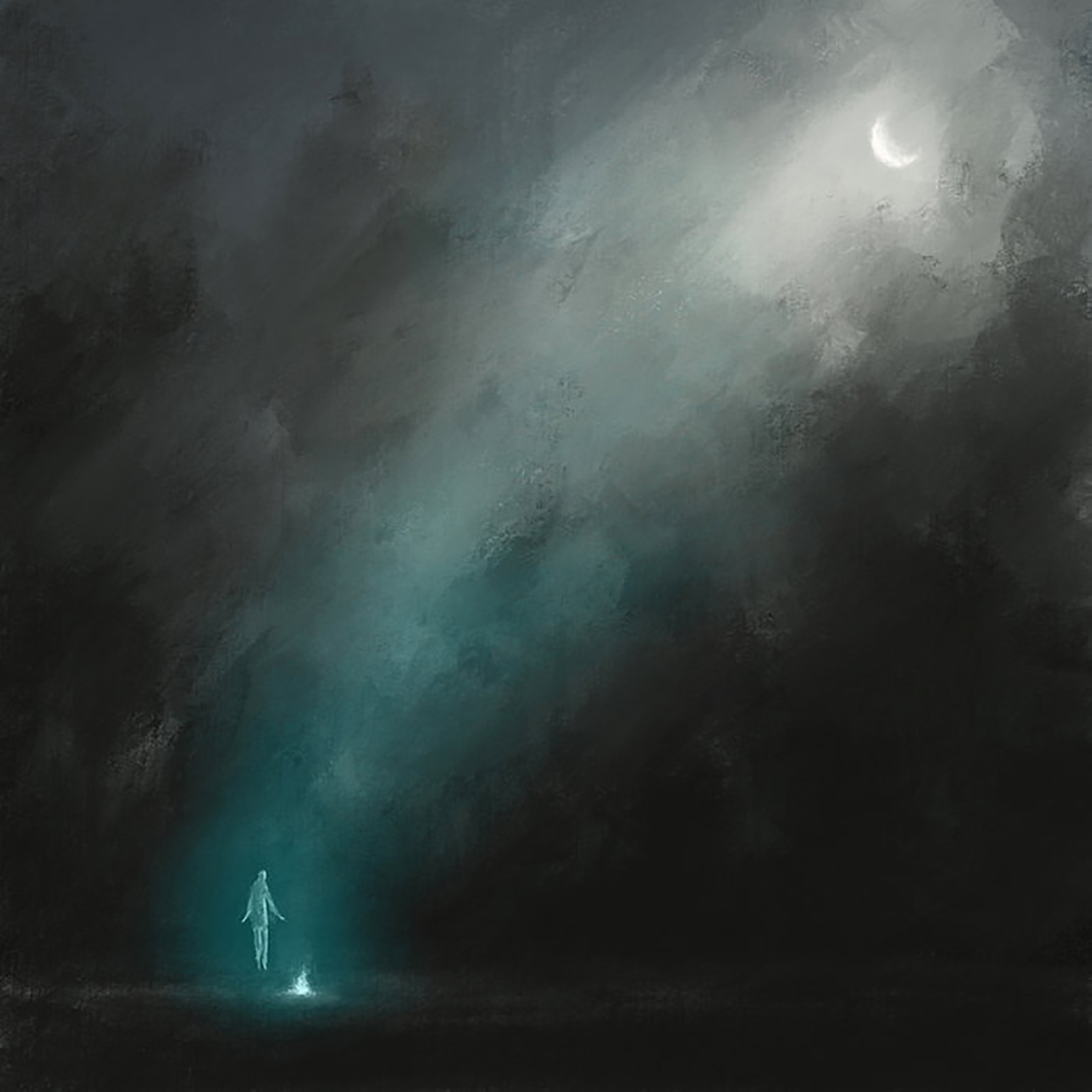 This is the second album from Slovakian neo-classical composer Lukáš Bulko and his first for Lost Tribe Sound (Ceremony is part of the label's "Salt & Gravity" series). Fittingly, Lost Tribe's Ryan Keane was introduced to Bulko’s work by William Ryan Fritch, as the two artists occupy a similar blurry stylistic nexus where film score, classical composition, ambient music, and experimentation meet with oft-unique results. In short, this is a quintessential Lost Tribe Sound album, as Bulko's unusual compositional approach and eclectic choice of instruments elevate this album into something considerably more compelling than most neo-classical albums that find their way to my ears. In that regard, the epic "In The Service of Life" is Ceremony's mesmerizing centerpiece, as Bulko inventively enlivens warm ambient drones with out-of-focus smears of dissonance, gurgling didgeridoo, and surprisingly prominent jaw harp twangs. While not quite everything on Ceremony ascends to the same level, the handful of pieces where Bulko is truly inspired are quite revelatory, as he is in a class by himself as far as compositional fluidity is concerned.
This is the second album from Slovakian neo-classical composer Lukáš Bulko and his first for Lost Tribe Sound (Ceremony is part of the label's "Salt & Gravity" series). Fittingly, Lost Tribe's Ryan Keane was introduced to Bulko’s work by William Ryan Fritch, as the two artists occupy a similar blurry stylistic nexus where film score, classical composition, ambient music, and experimentation meet with oft-unique results. In short, this is a quintessential Lost Tribe Sound album, as Bulko's unusual compositional approach and eclectic choice of instruments elevate this album into something considerably more compelling than most neo-classical albums that find their way to my ears. In that regard, the epic "In The Service of Life" is Ceremony's mesmerizing centerpiece, as Bulko inventively enlivens warm ambient drones with out-of-focus smears of dissonance, gurgling didgeridoo, and surprisingly prominent jaw harp twangs. While not quite everything on Ceremony ascends to the same level, the handful of pieces where Bulko is truly inspired are quite revelatory, as he is in a class by himself as far as compositional fluidity is concerned.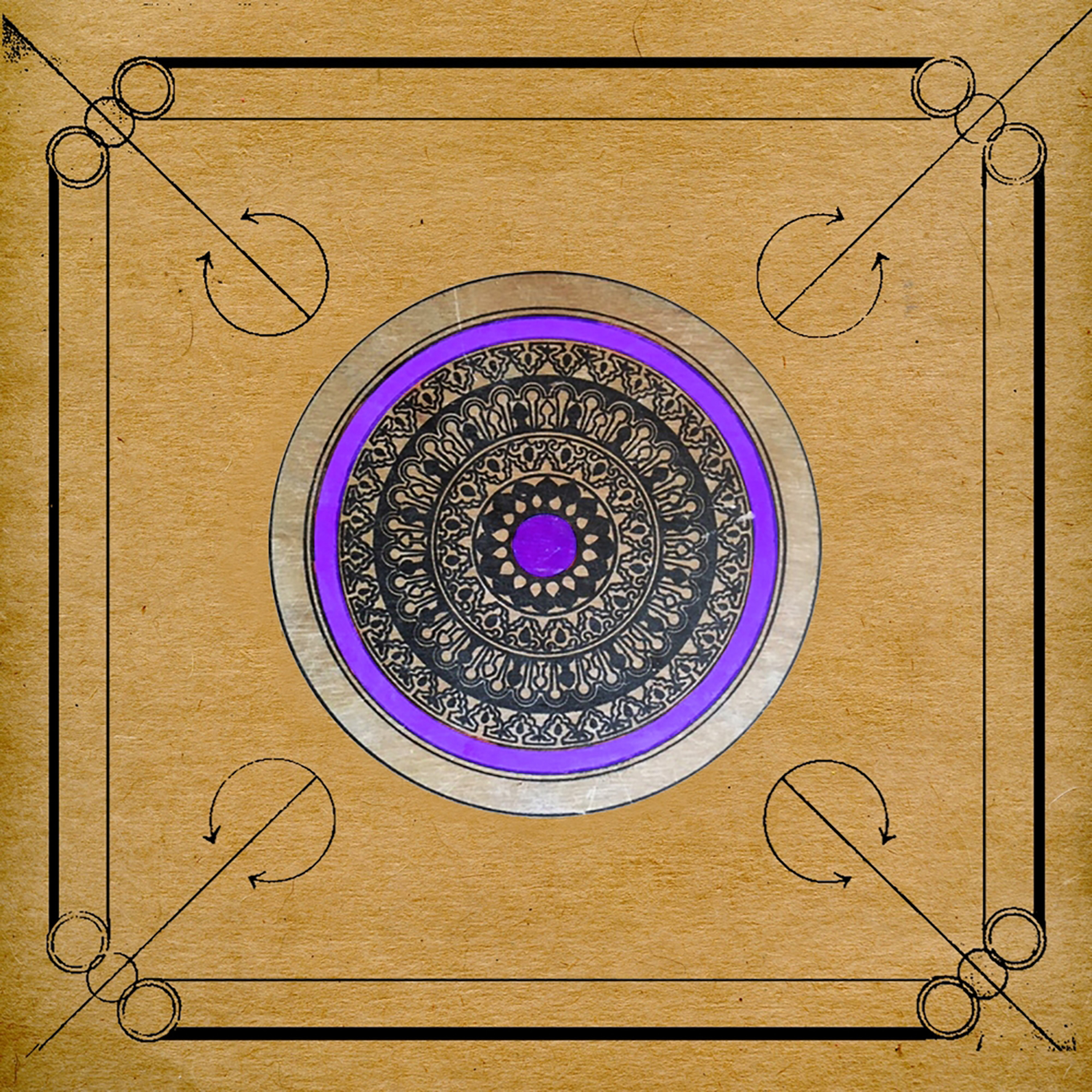 This is one of those albums that is likely destined to instantly become some kind of sought-after cult classic, which is amusingly common territory for both of the artists involved. In any case, The Universal Veil is entirely new to me, which makes a lot of sense in some ways (as far as Discogs and Bandcamp are concerned, the project does not exist) and does not make any sense at all in others (Helios/Hind basically checks every single possible box for "things I like"). As far as I can tell, however, Hood Faire's David Chatton Barker and Sam McLoughlin (Samandtheplants, Tongues of Light, etc.) have been performing live together for years under this guise and this album is something of a culminating event for the project, as the duo have collaged fragments of their past performances into a hallucinatory full-length of ravaged lo-fi tape experiments and something akin to "ethnological forgeries" like Harappian Night Recordings' classic The Glorious Gongs Of Hainuwele (or a chopped and screwed trip through the more outré side of Sublime Frequencies discography). Needless to say, that means Helios/Hind sets a course quite far out into the shadowy psychedelic fringes, which is exactly what I would hope for when two artists this singular come together.
This is one of those albums that is likely destined to instantly become some kind of sought-after cult classic, which is amusingly common territory for both of the artists involved. In any case, The Universal Veil is entirely new to me, which makes a lot of sense in some ways (as far as Discogs and Bandcamp are concerned, the project does not exist) and does not make any sense at all in others (Helios/Hind basically checks every single possible box for "things I like"). As far as I can tell, however, Hood Faire's David Chatton Barker and Sam McLoughlin (Samandtheplants, Tongues of Light, etc.) have been performing live together for years under this guise and this album is something of a culminating event for the project, as the duo have collaged fragments of their past performances into a hallucinatory full-length of ravaged lo-fi tape experiments and something akin to "ethnological forgeries" like Harappian Night Recordings' classic The Glorious Gongs Of Hainuwele (or a chopped and screwed trip through the more outré side of Sublime Frequencies discography). Needless to say, that means Helios/Hind sets a course quite far out into the shadowy psychedelic fringes, which is exactly what I would hope for when two artists this singular come together.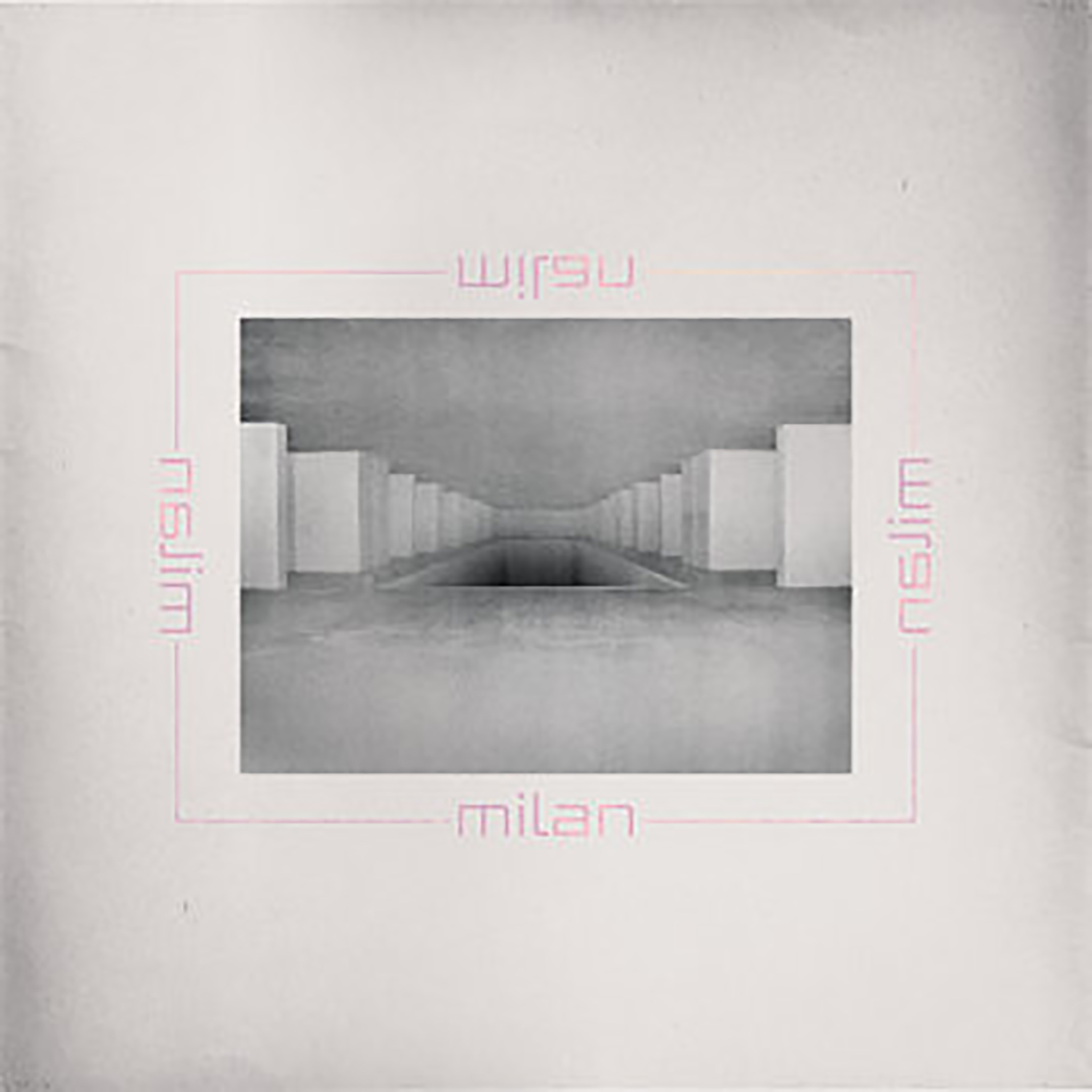
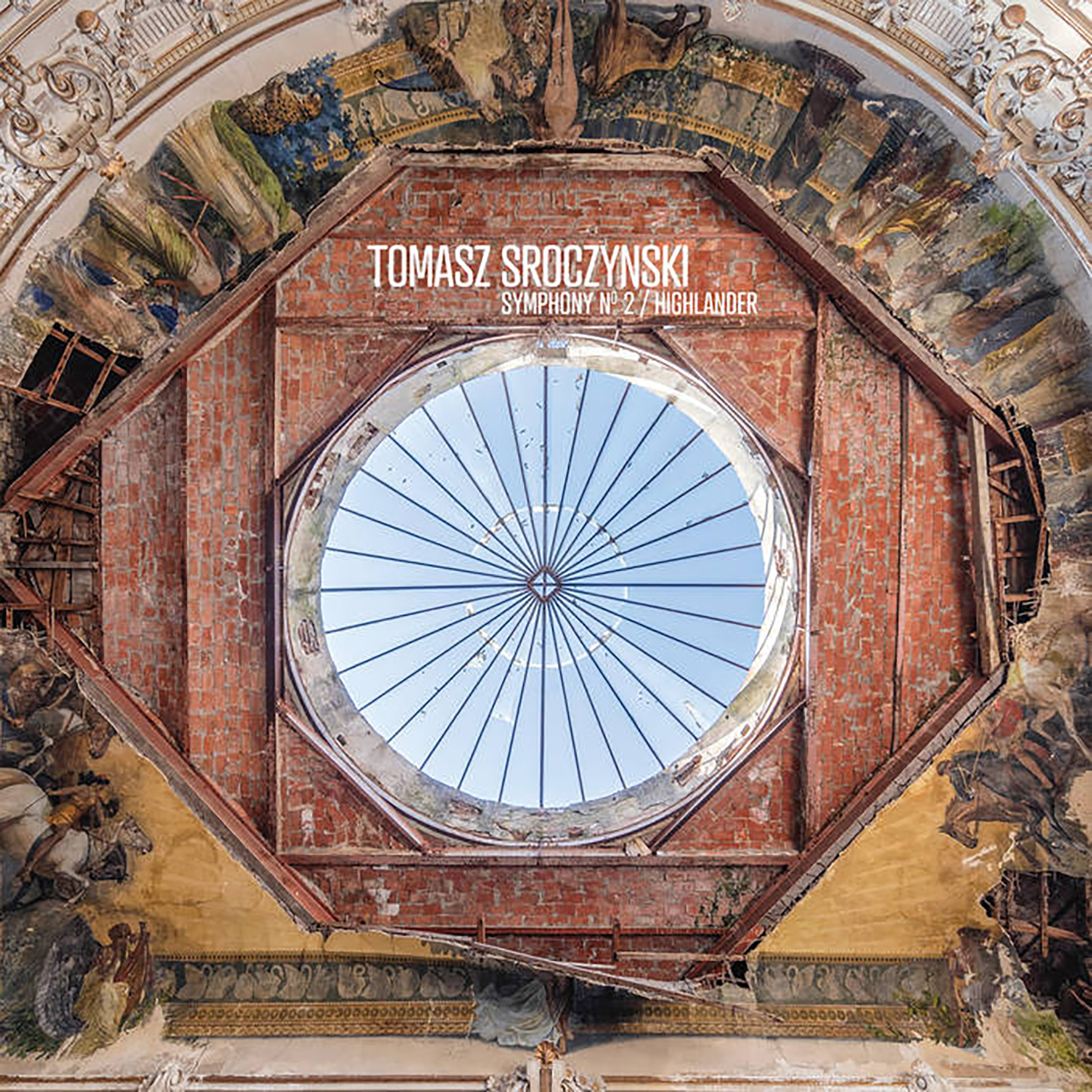 This album was my first exposure to this Polish composer, but this appears to be his sixth album if I include his improv trio and his collaborations. Also, it is the second symphony that he has composed (the first being 2017's Resurrection). Some of his past albums are a bit closer to my own weird/experimental sensibility (Primal and Ajulella, for example), but Symphony n°2 / Highlander is a more straightforward modern classical release and it is one hell of a great one. Or perhaps it would be more accurate to say that Highlander is composed of three very good pieces and one absolutely brilliant one. Naturally, that one absolutely brilliant piece ("Moderato Pastorale") is the best reason to seek this album out, but as the album description notes, "Tomasz Sroczynski is a symphony in his own right." Hyperbole aside, Sroczynski is indeed a genuinely fascinating composer, seamlessly combining influences as disparate as Arvo Pärt, experimental improv, and strains of both classic Detroit techno and contemporary German minimalist techno.
This album was my first exposure to this Polish composer, but this appears to be his sixth album if I include his improv trio and his collaborations. Also, it is the second symphony that he has composed (the first being 2017's Resurrection). Some of his past albums are a bit closer to my own weird/experimental sensibility (Primal and Ajulella, for example), but Symphony n°2 / Highlander is a more straightforward modern classical release and it is one hell of a great one. Or perhaps it would be more accurate to say that Highlander is composed of three very good pieces and one absolutely brilliant one. Naturally, that one absolutely brilliant piece ("Moderato Pastorale") is the best reason to seek this album out, but as the album description notes, "Tomasz Sroczynski is a symphony in his own right." Hyperbole aside, Sroczynski is indeed a genuinely fascinating composer, seamlessly combining influences as disparate as Arvo Pärt, experimental improv, and strains of both classic Detroit techno and contemporary German minimalist techno.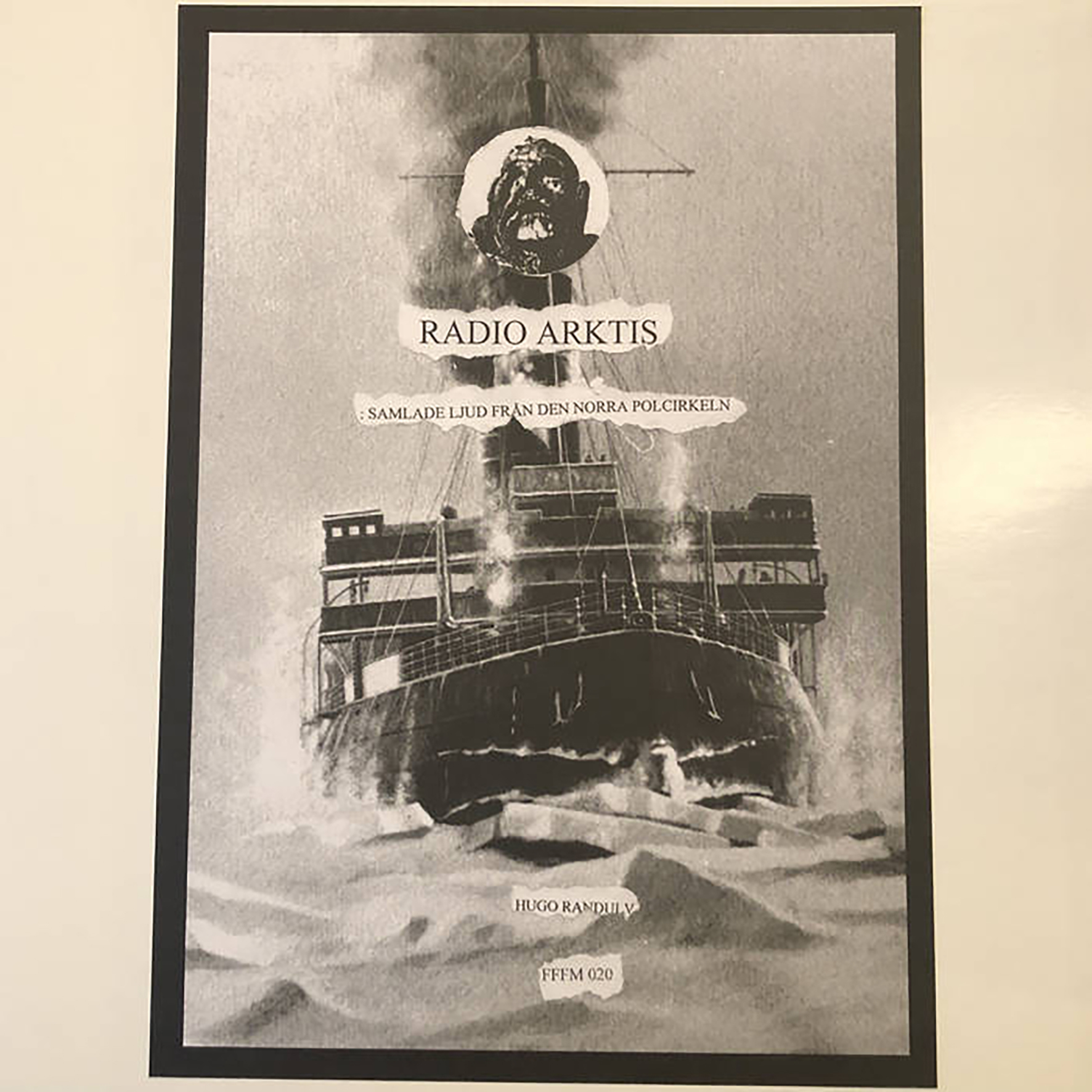 Bandcamp recently published a feature on one of my favorite subjects (the Gothenburg Underground) and it turned me onto this solo release from an artist they dubbed "the closest you'll get to a traditional musician in the Enhet För Fri Musik circle." That is no doubt accurate, as Randulv has been the guitarist in a couple of popular Swedish indie rock bands (Westkust and Makthaverskan) that bear zero resemblance to the outsider folk of Enhet För Fri Musik, but I am sure literally everyone in that collective has extracurricular interests that would surprise me (they are quite an interesting bunch, after all). In any case, the more ambient Radio Arktis is another outlier of sorts, though it is one still creatively indebted to the Gotherberg free music milieu. Randulv notes that the album was inspired by "a dream that one of us had, that we were going to make an imaginary soundtrack to every place on Earth." While the album's title ("Collected Sounds From The Arctic Circle") offers an explicit clue about the first place he chose to soundtrack, Randulv consciously opted for a more "beautiful and bright" aesthetic than I would normally associate with arctic-inspired ambiance. At its best, Radio Arktis carves out a beautiful and distinctive ambient/drone niche that gives Randulv's field recordings and more experimental tendencies fertile soil in which to subtly blossom.
Bandcamp recently published a feature on one of my favorite subjects (the Gothenburg Underground) and it turned me onto this solo release from an artist they dubbed "the closest you'll get to a traditional musician in the Enhet För Fri Musik circle." That is no doubt accurate, as Randulv has been the guitarist in a couple of popular Swedish indie rock bands (Westkust and Makthaverskan) that bear zero resemblance to the outsider folk of Enhet För Fri Musik, but I am sure literally everyone in that collective has extracurricular interests that would surprise me (they are quite an interesting bunch, after all). In any case, the more ambient Radio Arktis is another outlier of sorts, though it is one still creatively indebted to the Gotherberg free music milieu. Randulv notes that the album was inspired by "a dream that one of us had, that we were going to make an imaginary soundtrack to every place on Earth." While the album's title ("Collected Sounds From The Arctic Circle") offers an explicit clue about the first place he chose to soundtrack, Randulv consciously opted for a more "beautiful and bright" aesthetic than I would normally associate with arctic-inspired ambiance. At its best, Radio Arktis carves out a beautiful and distinctive ambient/drone niche that gives Randulv's field recordings and more experimental tendencies fertile soil in which to subtly blossom.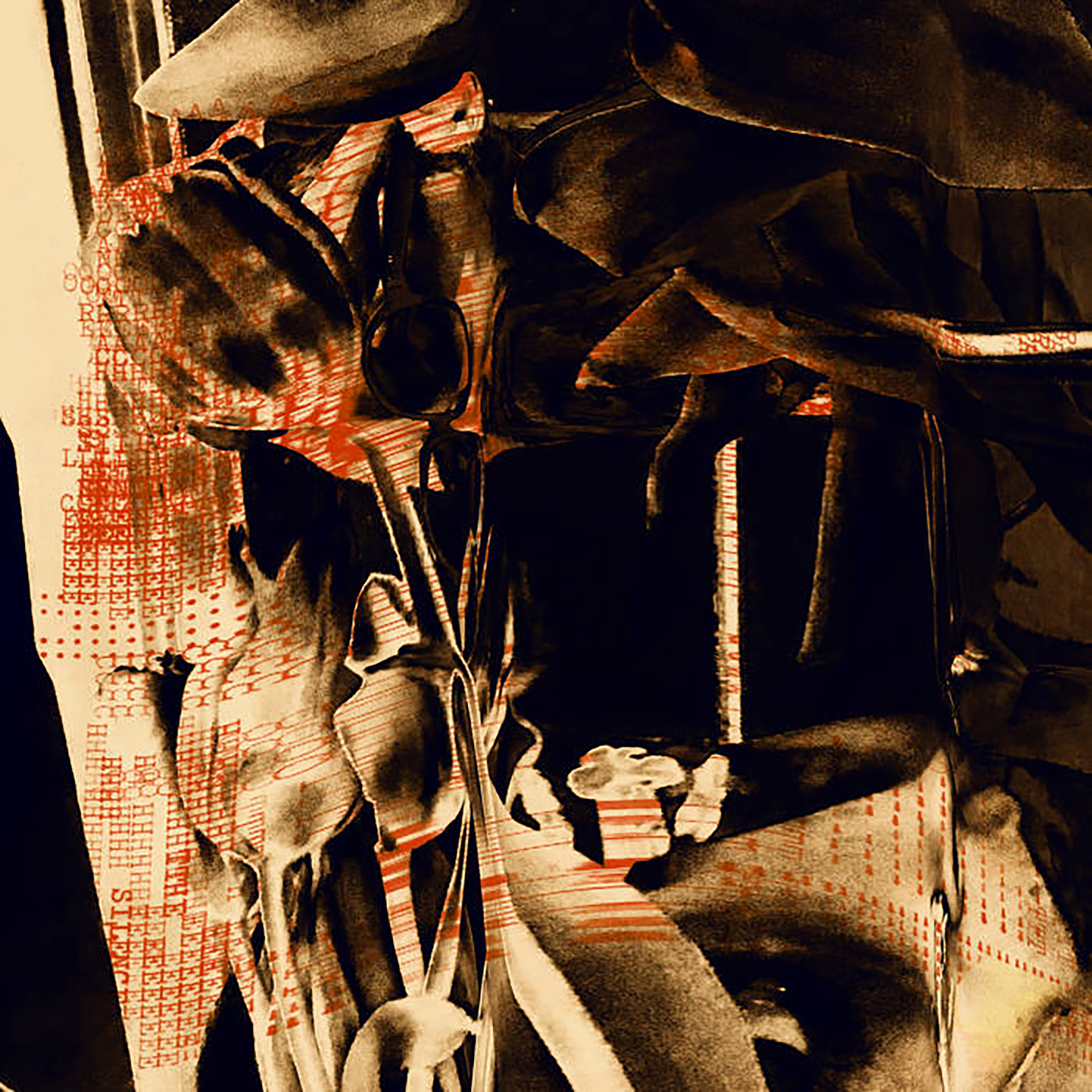 I believe this is the third album from this Vienna-based duo, but it has been a while (eight years) since they last released anything and they are entirely new to me. Rdeča Raketa is a collaboration between composer/double bassist Matija Schellander and Slovenian singer/artist/force of nature Maja Osojnik and they achieve quite a memorable and compelling collision of aesthetics. At its best, ...and cannot reach the silence feels like a Weimar-era cabaret, a killer noise/industrial show, and gripping performance art all beautifully mashed together. While that seems like an aesthetic that should not work (like Marlene Dietrich fronting Throbbing Gristle), the execution is so masterful that Schellander and Osojnik make that unholy union seem perfectly natural. Admittedly, the train occasionally derails a little bit or a song might take an exasperatingly long time to catch fire, but the album's minor flaws feel completely irrelevant when everything locks in place and Osojnik starts seductively singing and ranting like a classic femme fatale diva gone feral. Given that, Osojnik's magnetic vocal presence is understandably the focal point of the album, but it is also worth noting that the pair are unusually good at crafting wonderfully heavy and gnarled industrial rhythms. This is easily one of the year's most memorable albums.
I believe this is the third album from this Vienna-based duo, but it has been a while (eight years) since they last released anything and they are entirely new to me. Rdeča Raketa is a collaboration between composer/double bassist Matija Schellander and Slovenian singer/artist/force of nature Maja Osojnik and they achieve quite a memorable and compelling collision of aesthetics. At its best, ...and cannot reach the silence feels like a Weimar-era cabaret, a killer noise/industrial show, and gripping performance art all beautifully mashed together. While that seems like an aesthetic that should not work (like Marlene Dietrich fronting Throbbing Gristle), the execution is so masterful that Schellander and Osojnik make that unholy union seem perfectly natural. Admittedly, the train occasionally derails a little bit or a song might take an exasperatingly long time to catch fire, but the album's minor flaws feel completely irrelevant when everything locks in place and Osojnik starts seductively singing and ranting like a classic femme fatale diva gone feral. Given that, Osojnik's magnetic vocal presence is understandably the focal point of the album, but it is also worth noting that the pair are unusually good at crafting wonderfully heavy and gnarled industrial rhythms. This is easily one of the year's most memorable albums.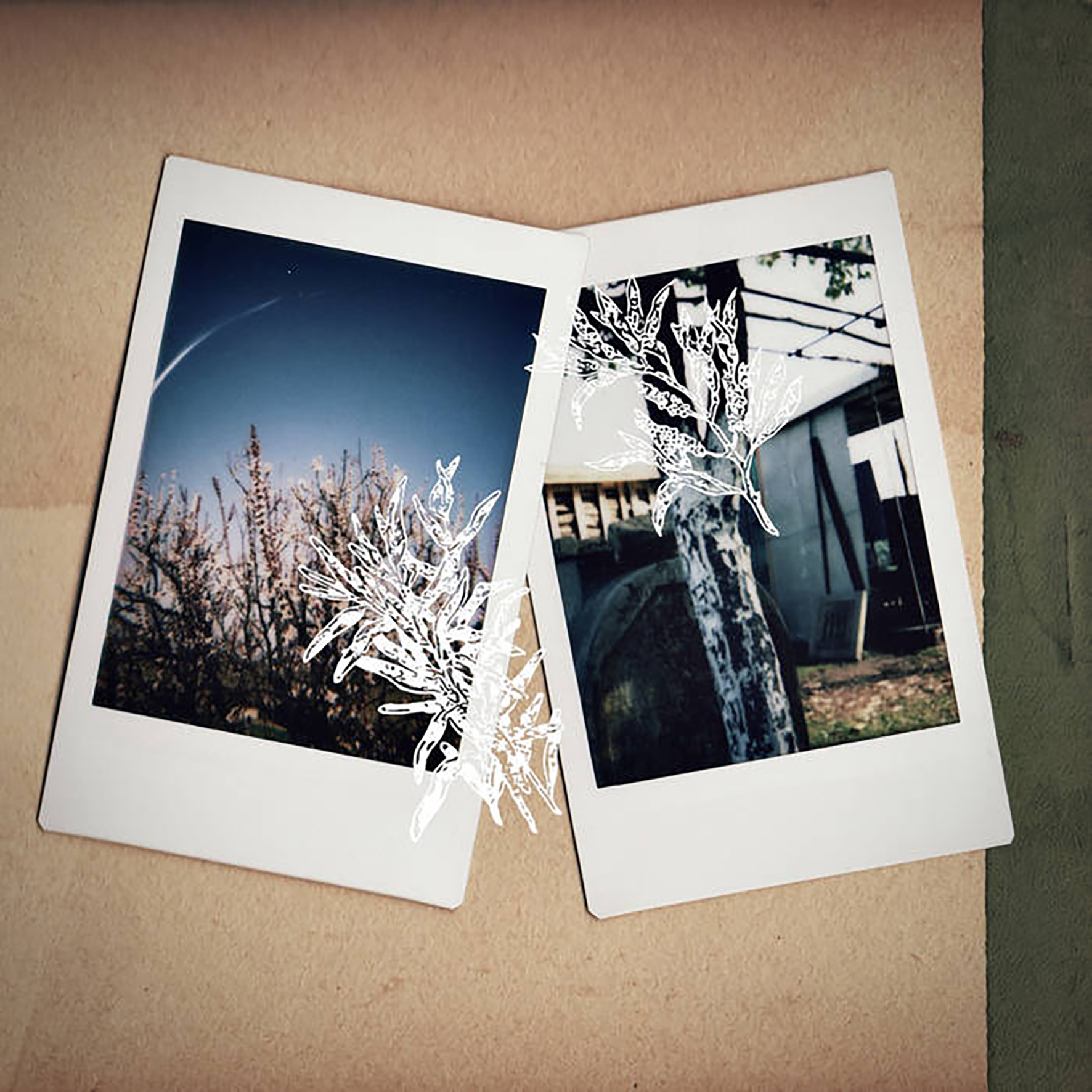 This prolific ambient project from Italian guitarist M. Beckmann has been a fascination of mine for a couple of years now and I have been patiently waiting for an appropriately excellent major new release to cover. This double album from June fits the bill quite nicely, though Beckmann has since released a trilogy of pieces entitled "Late Summer, Interior" that are similarly lovely. According to Beckmann, these four lengthy pieces are "a very condensed display" of how he is coping with the "pressure, stress, and fear around the corner" as "cities burst with life and everybody is eager to live a life that resembles normality." Stylistically, that coping manifests itself as a gorgeous strain of "rural ambient" akin to Benoit Pioulard's more bleary and blurred ambient work (Beckmann cites Boards of Canada as a big influence), but with some wonderful enhancements from field recordings and processed guitars. I am tempted to call it "shoegaze-damaged," but Beckmann generally achieves his sublime, flickering beauty without ever stomping a distortion pedal. I also dearly wish there was a more appropriate term for music in this vein than "ambient," as Beckmann’s strongest work brings a poetry and intimacy to the form that is every bit as transcendent as masters like Andrew Chalk.
This prolific ambient project from Italian guitarist M. Beckmann has been a fascination of mine for a couple of years now and I have been patiently waiting for an appropriately excellent major new release to cover. This double album from June fits the bill quite nicely, though Beckmann has since released a trilogy of pieces entitled "Late Summer, Interior" that are similarly lovely. According to Beckmann, these four lengthy pieces are "a very condensed display" of how he is coping with the "pressure, stress, and fear around the corner" as "cities burst with life and everybody is eager to live a life that resembles normality." Stylistically, that coping manifests itself as a gorgeous strain of "rural ambient" akin to Benoit Pioulard's more bleary and blurred ambient work (Beckmann cites Boards of Canada as a big influence), but with some wonderful enhancements from field recordings and processed guitars. I am tempted to call it "shoegaze-damaged," but Beckmann generally achieves his sublime, flickering beauty without ever stomping a distortion pedal. I also dearly wish there was a more appropriate term for music in this vein than "ambient," as Beckmann’s strongest work brings a poetry and intimacy to the form that is every bit as transcendent as masters like Andrew Chalk. I have been quite keen to hear just about everything that this Norwegian saxophonist releases since he damn near stole the show on Caterina Barbieri’s Fantas Variations earlier this year. Thus far, I have yet to be disappointed and this latest solo release beautifully continues Giske's ascendance as one of the most compelling saxophonists on earth. When I first heard Cracks, it reminded me of Pauline Oliveros's hugely influential Deep Listening, as much of it feels like a killer sax solo reverberating around a vast subterranean space leaving dreamlike ghost trails in its wake. As it turns out, that is a masterful illusion, as Giske got to the same place in a very different way (and with very different conceptual inspirations). One of those inspirations was José Esteban Muñoz’s Cruising Utopia, which suggests that "queerness must strive towards futurity." A healthy portion of Cracks' futurity was provided by producer/collaborator André Bratten, as the album was recorded in "the new 'resonant' space of Bratten's reactive studio tuned to his original sounds." The album's description further notes that Cracks brings Giske "one step closer to the man-machine," but the beauty of the album for me lies in how effectively he combines intimate intensity with hypnotically repeating patterns.
I have been quite keen to hear just about everything that this Norwegian saxophonist releases since he damn near stole the show on Caterina Barbieri’s Fantas Variations earlier this year. Thus far, I have yet to be disappointed and this latest solo release beautifully continues Giske's ascendance as one of the most compelling saxophonists on earth. When I first heard Cracks, it reminded me of Pauline Oliveros's hugely influential Deep Listening, as much of it feels like a killer sax solo reverberating around a vast subterranean space leaving dreamlike ghost trails in its wake. As it turns out, that is a masterful illusion, as Giske got to the same place in a very different way (and with very different conceptual inspirations). One of those inspirations was José Esteban Muñoz’s Cruising Utopia, which suggests that "queerness must strive towards futurity." A healthy portion of Cracks' futurity was provided by producer/collaborator André Bratten, as the album was recorded in "the new 'resonant' space of Bratten's reactive studio tuned to his original sounds." The album's description further notes that Cracks brings Giske "one step closer to the man-machine," but the beauty of the album for me lies in how effectively he combines intimate intensity with hypnotically repeating patterns.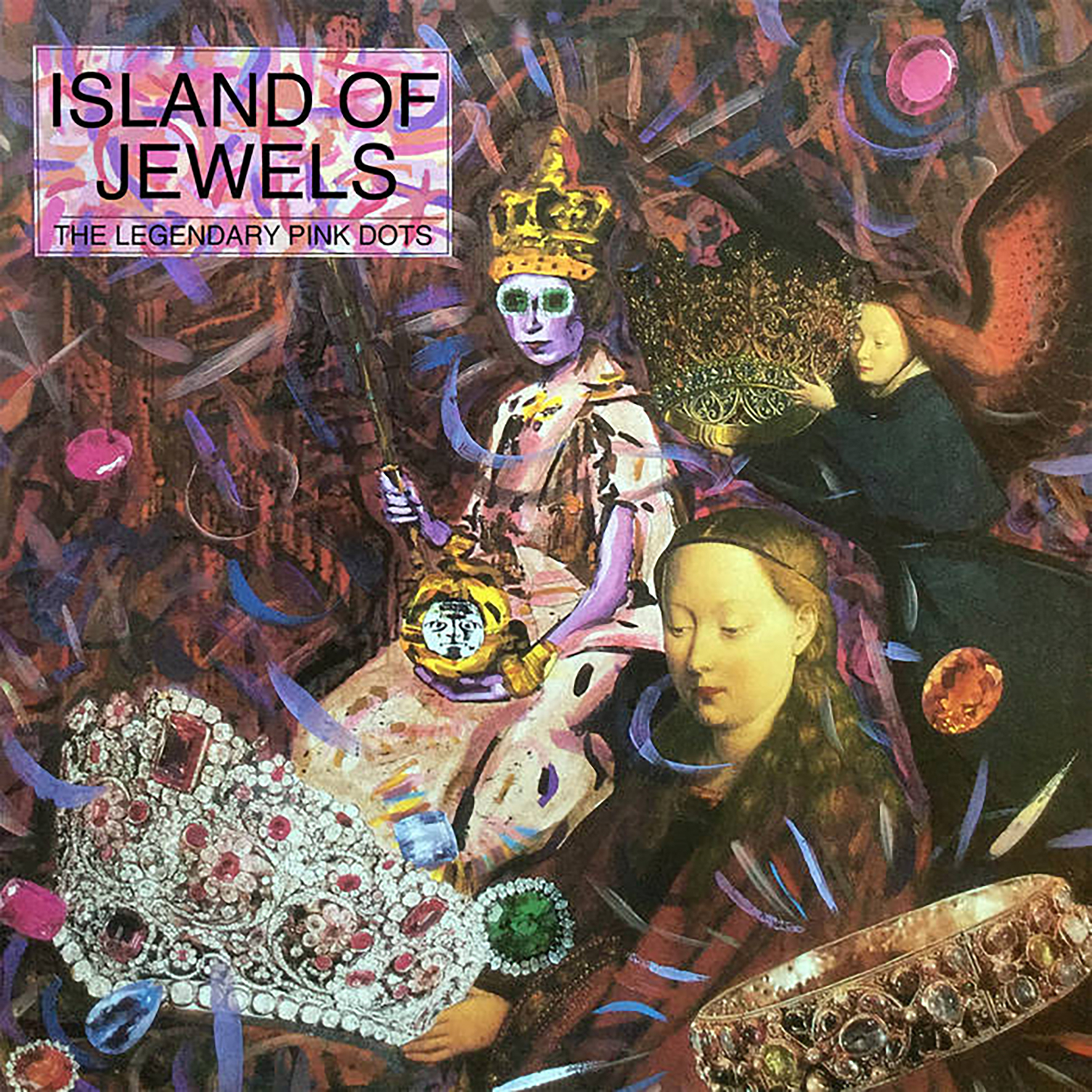 Metropolis Records continues their ambitious LPD reissue campaign with an expanded and remastered edition of this oft-fascinating album from the band's celebrated mid-'80s hot streak. According to the band, Island of Jewels was "the natural successor" to The Tower, but it was chronologically sandwiched between two of the Dots' most beloved albums from the era (1985's Asylum and 1988's Any Day Now). Being eclipsed on either side by arguably superior albums has not been optimal for Island of Jewels' stature within the LPD canon, yet it still captured the band in legitimately inspired form (albeit in service of an especially bleak vision this time around). As I did not start delving into the Dots' oeuvre until the mid-'90s (I was lured in by The Tear Garden), I still find it a bit difficult to embrace some of the conspicuously "'80s" elements from this particular phase, as the synth sounds and slap/fretless bass themes have not aged terribly well. Then again, it seems deeply wrong-headed to take issue with the tools that the band used to craft such a playfully surreal and endearing collection of songs, as only a fool would let passing stylistic trends rob them of their sense of wonder. While I would describe Island of Jewels as a more of an acquired taste than some of the surrounding releases, it is a taste worth acquiring, as this album is a delightfully hook-filled and hallucinatory world to immerse oneself in.
Metropolis Records continues their ambitious LPD reissue campaign with an expanded and remastered edition of this oft-fascinating album from the band's celebrated mid-'80s hot streak. According to the band, Island of Jewels was "the natural successor" to The Tower, but it was chronologically sandwiched between two of the Dots' most beloved albums from the era (1985's Asylum and 1988's Any Day Now). Being eclipsed on either side by arguably superior albums has not been optimal for Island of Jewels' stature within the LPD canon, yet it still captured the band in legitimately inspired form (albeit in service of an especially bleak vision this time around). As I did not start delving into the Dots' oeuvre until the mid-'90s (I was lured in by The Tear Garden), I still find it a bit difficult to embrace some of the conspicuously "'80s" elements from this particular phase, as the synth sounds and slap/fretless bass themes have not aged terribly well. Then again, it seems deeply wrong-headed to take issue with the tools that the band used to craft such a playfully surreal and endearing collection of songs, as only a fool would let passing stylistic trends rob them of their sense of wonder. While I would describe Island of Jewels as a more of an acquired taste than some of the surrounding releases, it is a taste worth acquiring, as this album is a delightfully hook-filled and hallucinatory world to immerse oneself in.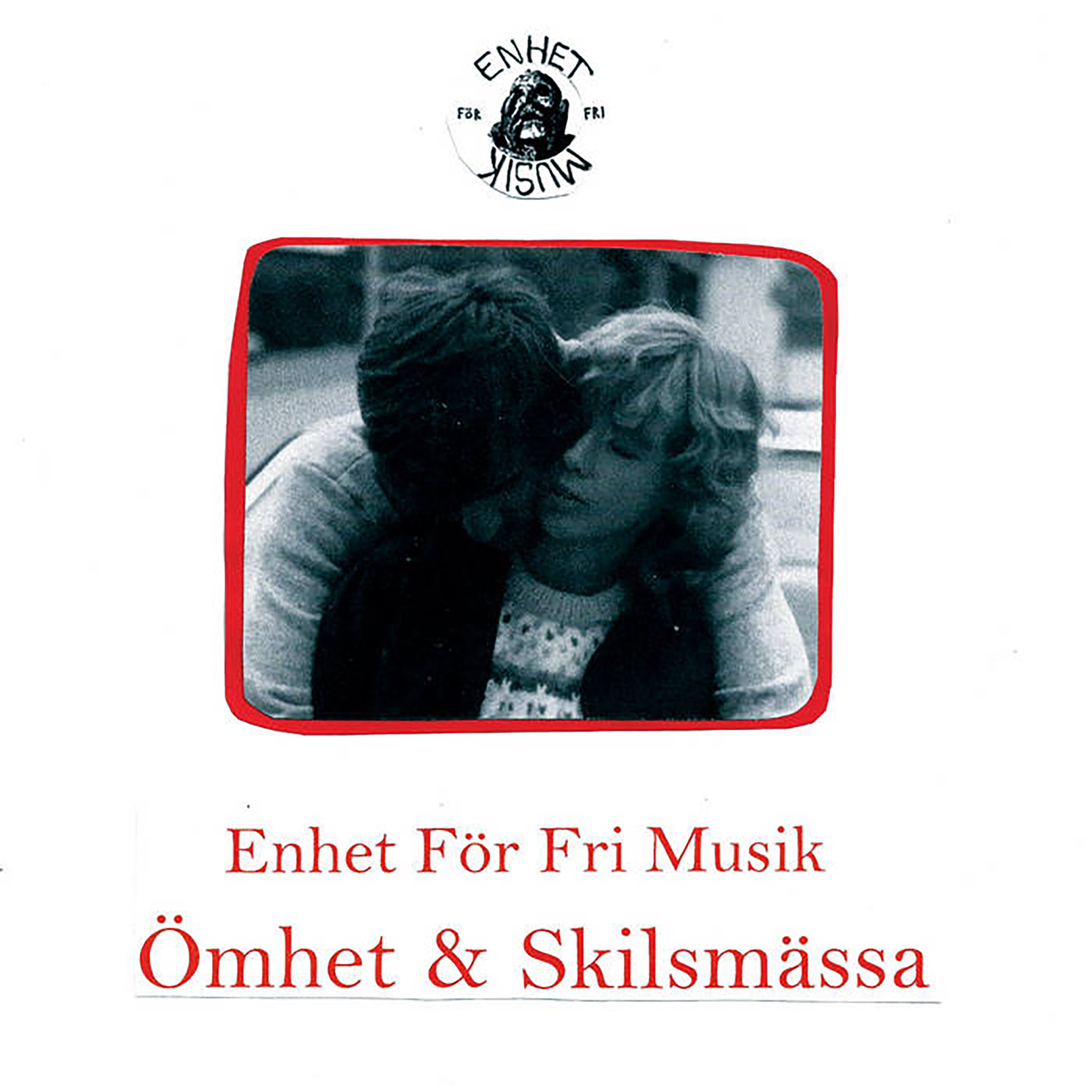 This latest release from my favorite Swedish free music collective is apparently "a concept album on relationships, family values and broken promises." I will have to take their word on that, as I do not understand Swedish, but Ömhet & Skilsmässa ("Tenderness & Divorce") does have a very different (and possibly more wholesome) feel than some previous releases. How truly wholesome an album can be when it features Sewer Elections' Dan Johansson is up for debate, but I do not doubt the collective's commitment to carrying on the grand tradition of freeform Swedish psychedelia a la Pärson Sound, Träd Gräs Och Stenar, and others. That said, Enhet För Fri Musik have their own wonderful thing going and I would be hard pressed to think of any other artists this devoted to guileless simplicity and organic spontaneousness. Admittedly, I was secretly hoping the quintet would revisit the sound collage territory of "Fragment Av En Midsommarnattsdröm" this time around, but my consolation prize is that the Jandek-ian discordant acoustic guitars are kept to a minimum. Instead, this album feels like the impressionistic audio diary of a teenage girl who is growing up in a pleasant rural commune, as it uncannily evokes the wonder and openness of someone totally indifferent to popular trends and not yet hardened by the endless disappointment and inhumanity of the outside world.
This latest release from my favorite Swedish free music collective is apparently "a concept album on relationships, family values and broken promises." I will have to take their word on that, as I do not understand Swedish, but Ömhet & Skilsmässa ("Tenderness & Divorce") does have a very different (and possibly more wholesome) feel than some previous releases. How truly wholesome an album can be when it features Sewer Elections' Dan Johansson is up for debate, but I do not doubt the collective's commitment to carrying on the grand tradition of freeform Swedish psychedelia a la Pärson Sound, Träd Gräs Och Stenar, and others. That said, Enhet För Fri Musik have their own wonderful thing going and I would be hard pressed to think of any other artists this devoted to guileless simplicity and organic spontaneousness. Admittedly, I was secretly hoping the quintet would revisit the sound collage territory of "Fragment Av En Midsommarnattsdröm" this time around, but my consolation prize is that the Jandek-ian discordant acoustic guitars are kept to a minimum. Instead, this album feels like the impressionistic audio diary of a teenage girl who is growing up in a pleasant rural commune, as it uncannily evokes the wonder and openness of someone totally indifferent to popular trends and not yet hardened by the endless disappointment and inhumanity of the outside world.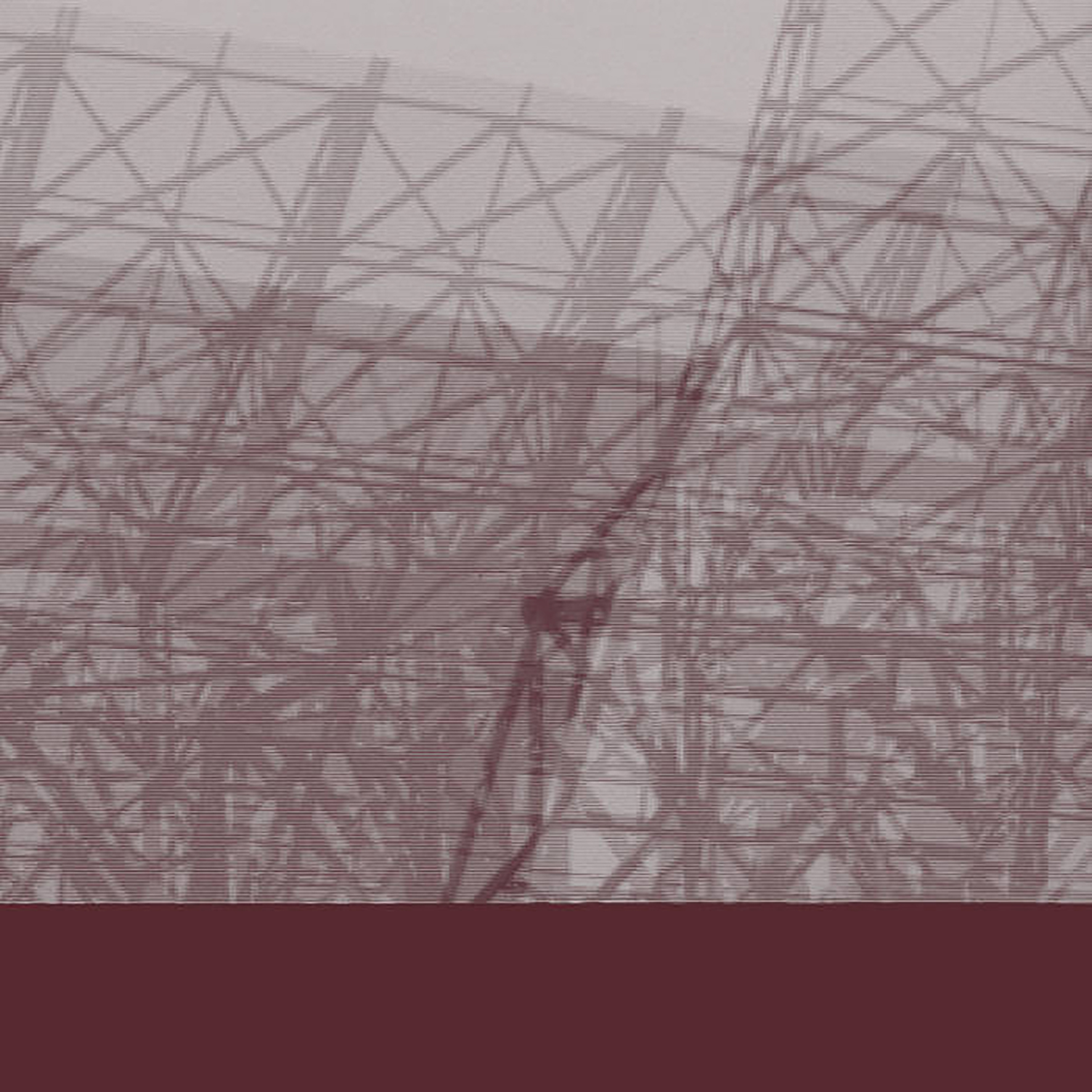 This latest release from Robin Rimbaud is hopefully the first of many deep dives into the Scanner archives, as he ambitiously spent part of his lockdown digitizing and mixing his unreleased work from the '80s. The big story, of course, is that Earthbound Transmissions features some of Rimbaud's early work with appropriated phone conversations that predates Scanner's 1993 eponymous debut. Those scanned calls are only one facet of these recordings, however, as this album documents a formative experimental stage immediately after Rimbaud's acquisition of a "luxuriously expensive" Fostex 280 four-track recorder, which he combined with a Digitech RDS 7.6 Time Machine to make looping, layered sound collages. For the most part, Earthbound Transmission feels like an unusually strong release from the '80s DIY noise cassette scene (albeit more on the "murky ambient" side of the spectrum), but there are also a handful of pieces that legitimately feel like lost Scanner classics.
This latest release from Robin Rimbaud is hopefully the first of many deep dives into the Scanner archives, as he ambitiously spent part of his lockdown digitizing and mixing his unreleased work from the '80s. The big story, of course, is that Earthbound Transmissions features some of Rimbaud's early work with appropriated phone conversations that predates Scanner's 1993 eponymous debut. Those scanned calls are only one facet of these recordings, however, as this album documents a formative experimental stage immediately after Rimbaud's acquisition of a "luxuriously expensive" Fostex 280 four-track recorder, which he combined with a Digitech RDS 7.6 Time Machine to make looping, layered sound collages. For the most part, Earthbound Transmission feels like an unusually strong release from the '80s DIY noise cassette scene (albeit more on the "murky ambient" side of the spectrum), but there are also a handful of pieces that legitimately feel like lost Scanner classics. Back in 2009, Duane Pitre curated a CD entitled The Harmonic Series that brought together an array of artists like Pauline Oliveros and Ellen Fullman for a collection of pieces composed for Just Intonation. Roughly a decade later, Pitre has returned with a considerably more ambitious second volume that enlists "six of the most important emerging voices of contemporary experimental music" for a triple LP extravaganza of longform Just Intonation pieces. To his credit, Pitre truly did assemble an impressive lineup for this release, as artists like Caterina Barbieri and Kali Malone are undeniably leading lights of the current vanguard. In fact, everybody here has a history of making great or provocative music, though I am not sure everyone was brimming with great ideas for a bombshell Just Intonation opus, as it seems like a daunting challenge for anyone attempting melodies. Given that, The Harmonic Series II is more of a fascinating mixed bag than a uniform triumph, though roughly half the artists managed to conjure up something that exceeded my expectations. And regardless of how well some pieces do or do not work, this collection has definitely expanded my idea of what is possible with Just Intonation.
Back in 2009, Duane Pitre curated a CD entitled The Harmonic Series that brought together an array of artists like Pauline Oliveros and Ellen Fullman for a collection of pieces composed for Just Intonation. Roughly a decade later, Pitre has returned with a considerably more ambitious second volume that enlists "six of the most important emerging voices of contemporary experimental music" for a triple LP extravaganza of longform Just Intonation pieces. To his credit, Pitre truly did assemble an impressive lineup for this release, as artists like Caterina Barbieri and Kali Malone are undeniably leading lights of the current vanguard. In fact, everybody here has a history of making great or provocative music, though I am not sure everyone was brimming with great ideas for a bombshell Just Intonation opus, as it seems like a daunting challenge for anyone attempting melodies. Given that, The Harmonic Series II is more of a fascinating mixed bag than a uniform triumph, though roughly half the artists managed to conjure up something that exceeded my expectations. And regardless of how well some pieces do or do not work, this collection has definitely expanded my idea of what is possible with Just Intonation.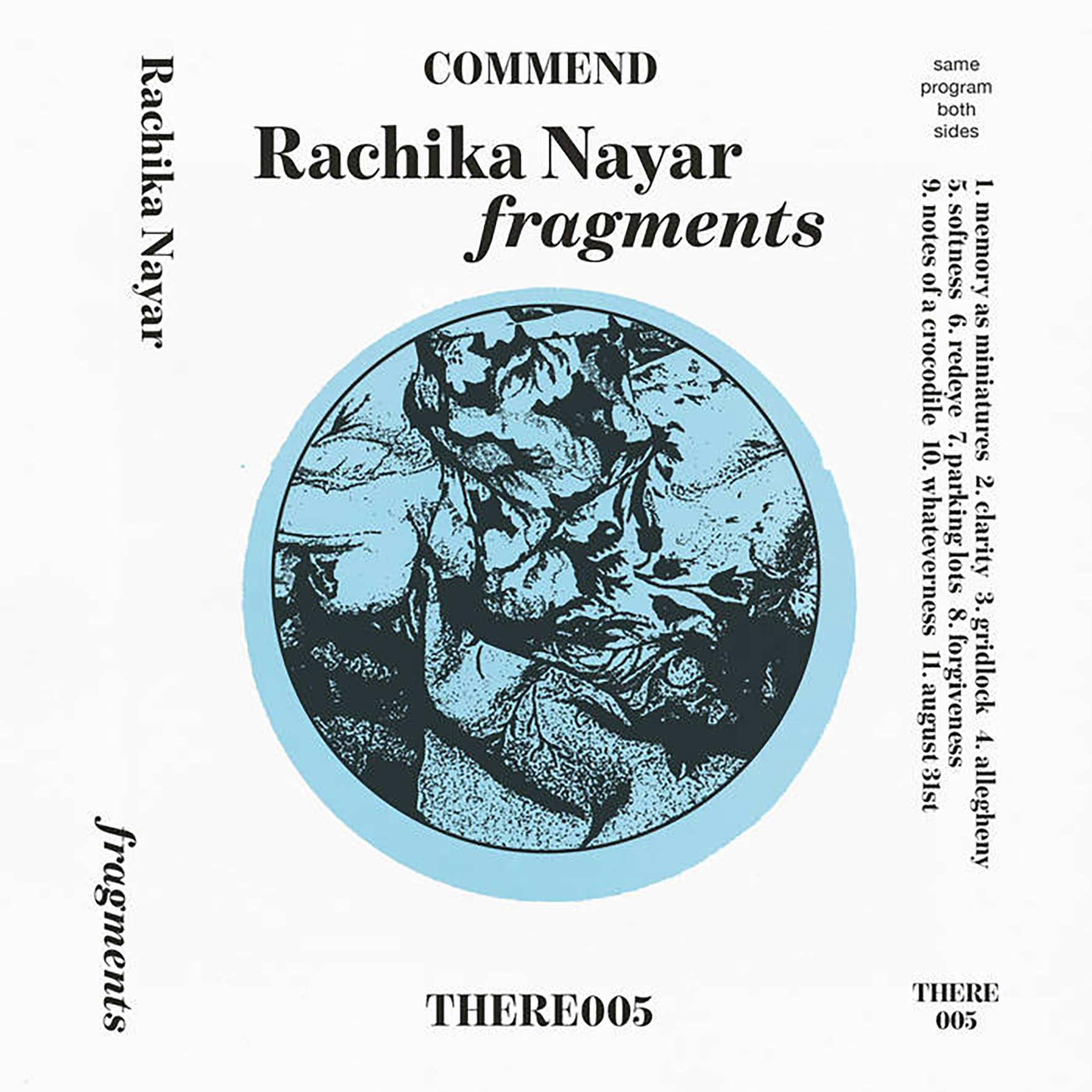 This new EP is something of a sketchbook-like companion piece to Nayar's sublime debut album. More specifically, it is a collection of "sonic miniatures Nayar constructed from guitar loops . . . in the familiar comforts of her own bedroom," as well as a glimpse of what her raw material sounds like before it is processed and reshaped into "grander mutated compositions" like those of Our Hands Against the Dark. In theory, that should make Fragments something of a minor release, but these more simple and intimate pieces are often even better than those of Nayar's more formal work, albeit with the caveat that more than half of these pieces end in under two minutes (and the others do not stick around much longer). Nevertheless, Nayar is an incredibly gifted guitarist with a remarkably strong melodic sensibility and this album is quite a sustained hot streak of great (if ephemeral) ideas. As with her previous album, it is not hard to spot Nayar's influences—in fact, some pieces are even intended as homages to folks like Pat Metheny and Steve Reich. That said, the main touchstones I hear are more hook-minded contemporary artists like Mark McGuire and some classic Midwestern emo. That is always welcome stylistic terrain in my book, but the real beauty of Fragments lies in how often Nayar matches or surpasses her influences at their own games.
This new EP is something of a sketchbook-like companion piece to Nayar's sublime debut album. More specifically, it is a collection of "sonic miniatures Nayar constructed from guitar loops . . . in the familiar comforts of her own bedroom," as well as a glimpse of what her raw material sounds like before it is processed and reshaped into "grander mutated compositions" like those of Our Hands Against the Dark. In theory, that should make Fragments something of a minor release, but these more simple and intimate pieces are often even better than those of Nayar's more formal work, albeit with the caveat that more than half of these pieces end in under two minutes (and the others do not stick around much longer). Nevertheless, Nayar is an incredibly gifted guitarist with a remarkably strong melodic sensibility and this album is quite a sustained hot streak of great (if ephemeral) ideas. As with her previous album, it is not hard to spot Nayar's influences—in fact, some pieces are even intended as homages to folks like Pat Metheny and Steve Reich. That said, the main touchstones I hear are more hook-minded contemporary artists like Mark McGuire and some classic Midwestern emo. That is always welcome stylistic terrain in my book, but the real beauty of Fragments lies in how often Nayar matches or surpasses her influences at their own games.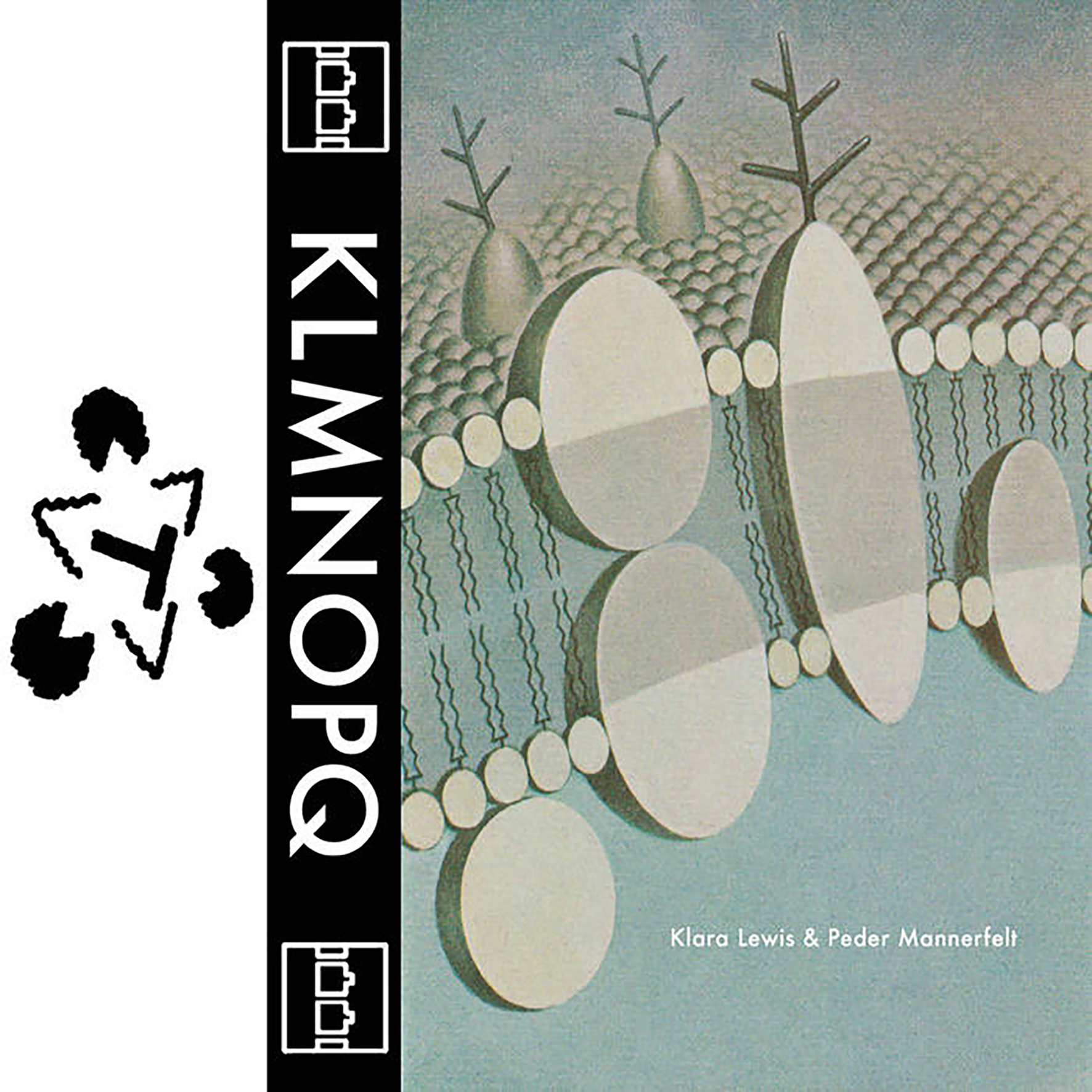 I believe this is the first formal collaboration between these two Sweden-based artists, but the pair have a long history together, as Mannerfelt's label released one of Lewis's early EPs (2014's Msuic). While I was not sure quite what to expect given the breadth of Mannerfelt's oeuvre and Lewis's continuous evolution, I was reasonably certain that this collaboration would be wonderful no matter what shape it took and I was not disappointed. The closest reference point for KLMNOPQ is probably Lewis's killer Ingrid EP, as nearly all of these five songs feature churning, blackened drones or murky, gnarled loops of some kind. The twist, however, is that Mannerfelt and Lewis take that roiling intensity in an unexpectedly playful direction without sacrificing much gravitas. The closing "Full of Piss and Vinegar" captures the duo at the height of their gleefully mischievous loop mangling, as it resembles a nightmarishly chopped-and-screwed mariachi band, yet this entire EP is filled with endearingly inventive and perversely anthemic variations of obsessively looping and psychotropic sound collage.
I believe this is the first formal collaboration between these two Sweden-based artists, but the pair have a long history together, as Mannerfelt's label released one of Lewis's early EPs (2014's Msuic). While I was not sure quite what to expect given the breadth of Mannerfelt's oeuvre and Lewis's continuous evolution, I was reasonably certain that this collaboration would be wonderful no matter what shape it took and I was not disappointed. The closest reference point for KLMNOPQ is probably Lewis's killer Ingrid EP, as nearly all of these five songs feature churning, blackened drones or murky, gnarled loops of some kind. The twist, however, is that Mannerfelt and Lewis take that roiling intensity in an unexpectedly playful direction without sacrificing much gravitas. The closing "Full of Piss and Vinegar" captures the duo at the height of their gleefully mischievous loop mangling, as it resembles a nightmarishly chopped-and-screwed mariachi band, yet this entire EP is filled with endearingly inventive and perversely anthemic variations of obsessively looping and psychotropic sound collage.